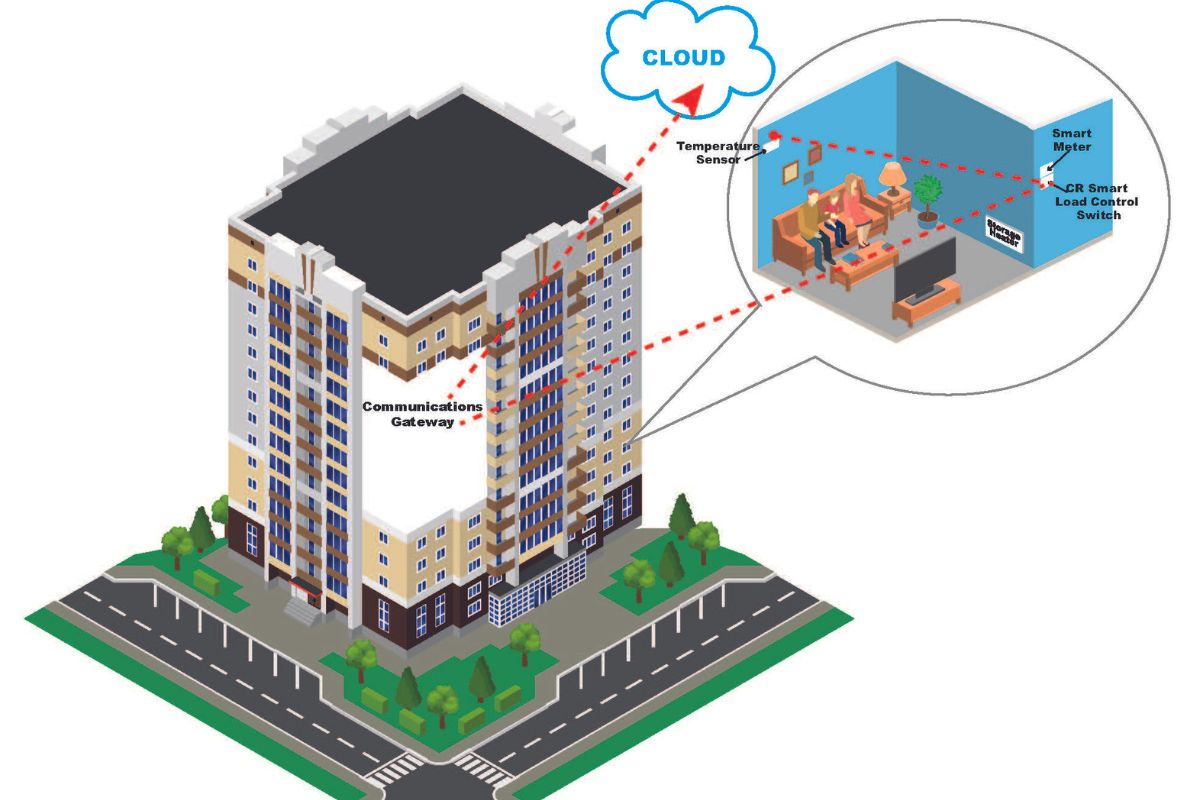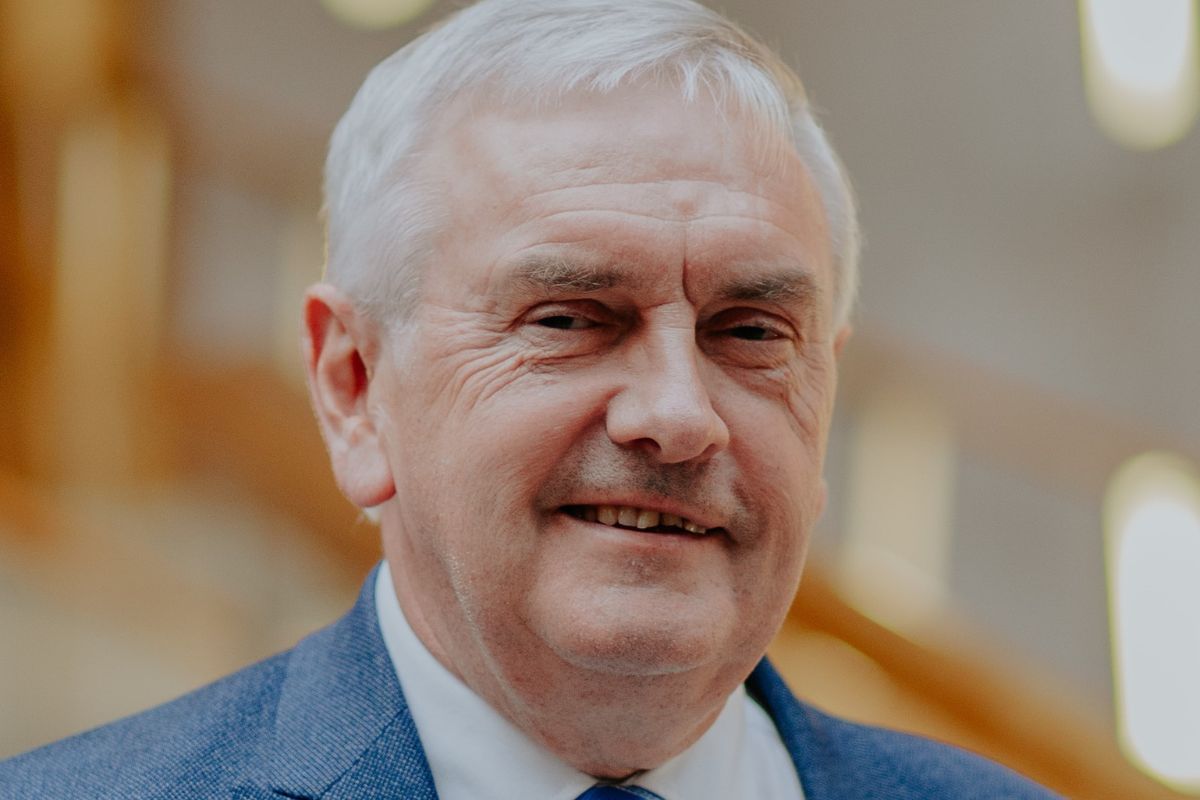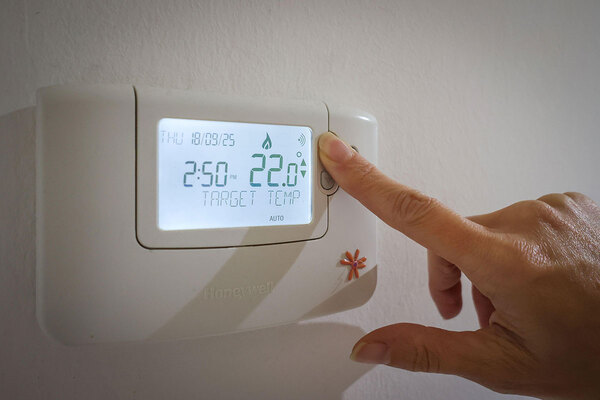How electricity tariffs disadvantage many of the poorest in our society and how technology can help redress this and unlock carbon benefits
Ofgem estimates that over 1.5m households in the UK rely on electric storage heating as their primary source of heat and hot water.

The scale of the challenge
Due to the tariffs traditionally associated with electric storage heating, most notably Economy 7, these households are paying substantially more for their heating than gas households.
A large proportion of households with electric storage heating are found in high-rise and medium-rise dwelling units. Residents in these forms of housing are far more likely than the general population to identify as being in Low Income or Vulnerable (LIV) households and, consequently, to struggle with fuel poverty.
That many of the poorest members of society have been paying the most for their heat and hot water for over forty years should shame all of us, including politicians and energy companies, into action.
The technical background
At this point, short technical and history overviews may be helpful as some readers may never have encountered electric storage heating. In basic terms, electric storage heaters are effective and simple heat stores. They consist of a metal box filled with ceramic blocks or bricks. The blocks are heated through a series of electric elements and they have a high iron content to help them retain heat.
Electric storage heaters were originally conceived to be charged at night only using lower cost off-peak electricity (the Economy 7 tariff, introduced in 1978). Their development dovetailed with the UK’s nuclear power station programme in the 1960s and 1970s. The nuclear power stations, which could not be switched on and off once they started generating electricity, used the charging of electric storage heaters for dynamic load balancing i.e. keeping power supply and demand in balance.
Without technology, nothing will change
From a resident’s perspective, the night-only charging of electric storage heaters has resulted in the 40-year old complaint: ‘Too warm in the morning and too cold in the evening (when the stored heat has dissipated).’ Storage heaters are typically on off-peak circuits with restricted access times so cannot be ‘topped up’ at other times. Without smart control technology, such as Connected Response’s HeatSage system, during periods of colder weather residents are faced with using expensive supplementary electric heaters (e.g. fan heaters), putting on additional layers of clothing, or going to bed early.
Whilst modern storage heaters are more thermally efficient and offer greater control, the fundamental problem of night-only Economy 7 charging remains. This creates the impression that the concept of storage heating is the problem rather than the fact that we charge them at the wrong times on archaic tariffs!
Technology can provide the answer
HeatSage technology, greater tariff flexibility, and resident engagement and education to encourage behavioural change provide the answer. HeatSage analyses three data variables to optimise the low-cost charging opportunities delivered by a tariff, radically enhancing the heating experience for a household with electric storage heating and hot water system. The three variables are the resident’s heating preferences, the resident’s living room temperature, and tomorrow’s local average temperature.
The HeatSage hardware needed to capture the heat/humidity data and control the charging of the storage heaters consists of a small temperature and humidity sensor in the resident’s living room; a smart controller (load switch) on the resident’s electricity meter board; and, a digital communications gateway, about the size of an internet router, located centrally within the block.
Electricity suppliers have been slow to introduce new storage heating tariffs, with arguably too much focus on tariff development for middle-class early adopters with electric vehicles, heat pumps and solar panels. New tariff development aimed at the 1.5m existing storage heating households will support consumption at times of lower carbon intensity and lower cost, and it will achieve this through automation rather than expecting every household to proactively engage on a daily basis. However, there are already existing tariffs that offer a greater degree of flexibility than Economy 7. For example, some suppliers offer an Economy 10 tariff. This tariff offers three ‘off-peak’ charging windows. For example, Scottish Power’s E10 off-peak charging windows in Central Scotland are 04.30h to 07.30h (morning), 13.00h to 16.00h (afternoon), and 20.30h to 00.30h (evening).
It is easy to see how dynamically charging storage heaters for a couple of hours at off-peak rates in the afternoon would make residents warmer in the evening. During warm weather, charging would be dynamically optimised, i.e. less charging on mild days. This means that on unusually mild winter days residents no longer have to open their windows to ‘control’ the room temperature (thereby releasing the heat that they have paid for in the previous night period!)
My involvement in the development of HeatSage technology is driven by personal experience
My first awareness of living with the impact of electric storage heating was when my Mum and Dad moved into a tower block in Glasgow in the early 1990s. When I visited them in the evening my Dad was already wearing his body-warmer and his ‘bunnet’ (flat cap). To my eternal shame, my attitude then was ‘read the heater instructions’. I didn’t realise they were suffering, like millions before and after, from the implications of bad tariffs and night-only charging.
Twenty years later (2013) when I joined Energy Assets as Strategic Development Manager, I stumbled across the concept of smart heating controls as a result of two Energy Asset acquisitions. I ended up leading a project to help several London Boroughs, including Westminster and Royal Borough of Kensington & Chelsea, to improve the heating experience of their tenants.
The game-changer for me was being in the homes of social housing tenants and hearing that in winter they stoically wore a coat in the evening, went to bed early or switched on expensive-to-run plug-in fires. In some cases, tenants didn’t switch on their storage heating at all. They had lost all faith in it and were consumed with worry about the cost of using it. This is not how people should be living in the 21st century!
Today, as a co-founder of Connected Response, we have installed our HeatSage technology in over 10,000 flats and helped many of those residents switch to tariffs that give them an afternoon charge; literally, the difference between misery and happiness in their own homes.
A lesson learnt: energy policy-makers must encourage innovation and ensure the benefits reach all in society
I worked in the energy sector in the 1980s and 1990s. For the most part, British Gas actively encouraged and supported its manufacturing suppliers to innovate. This philosophy diminished markedly with the privatisation of network operators and suppliers. After a 15-year lull, Ofgem developed the RIIO (Revenue = Incentives + Innovation + Outputs) approach to price control. RIIO encourages and incentivises innovation, and it has been great to witness first-hand the product and service developments that have been nurtured by network owners, especially in the electricity sector. Full credit to Ofgem for the boldness of this innovation strategy.
HeatSage technology can also help reduce curtailed wind and carbon emissions
Not all readers may be aware of the term ‘curtailed wind’. It relates to the payments made by National Grid to wind power generators to switch off their turbines. This is no small matter, with curtailed wind directly costing consumers £215m in 2022. It is forecast that costs could rise to £2.5bn by the end of the 2020s.
Connected Response is currently retrofitting HeatSage technology to 10,000 dwellings in Glasgow; one of the largest energy retrofit programmes in the UK. The storage heating capacity of 10,000 dwellings constitutes a substantial load in its own right. Rather than opting for curtailment, the energy ‘wasted’ could be used to heat the storage heaters and hot water of LIV households at minimal cost. A win-win.
In London, Connected Response is one of several partners collaborating with an exciting technology start-up, Peer Carbon. In the case of Peer Carbon, HeatSage technology would be triggered to charge storage heating at a time where carbon emissions are at their lowest. Initial trials indicate that a carbon reduction of up to 15% can be achieved.
Changing behaviours
There is a growing awareness that LIV households are the most difficult to engage with in the emerging smart energy market, and yet the 1.5m which already have electric storage heating can offer immediate flexibility as to when they consume (assuming we resolve the challenge - using, for example, HeatSage technology - of charging storage heaters in the same way as we have from the 1970’s onwards!) Furthermore, this can be automated without individual intervention by the residents themselves and has already been proved by several landlords and network owners (e.g. SP Energy Networks innovation project ‘Flexible Tower’). This can be achieved through better targeted communication before, during and after the deployment of smart technology. A term used to reflect this approach is ‘Social-Licence-to-Automate’, doing things with resident awareness and permission not doing things to them (as we have with storage heating for the last 40 years).
What happens next?
Connected Response received funding for the development of our HeatSage technology from a variety of sources in our early years after start-up in 2019. We became part of Warmworks in 2021; Warmworks is the managing agent for the Scottish Government’s Warmer Homes Scotland scheme.
The next step needed from politicians and Ofgem is to ensure that ALL energy suppliers are active in serving this largely ignored market sector; despite it consisting of 1.5m households. This sector must not be left behind in favour of rewarding early adopters.
HeatSage technology is now installed in over 10,000 homes across Britain. However, we still need to raise awareness of how to better utilise existing heating systems for a minimal capital investment rather than assume that heat pumps and heat networks are the only options. Consigning six million functional storage heaters to landfill is crazy when compared with simply transforming how we use them.
Where there is a will, there is very often a way. Collectively, we all need to work to raise awareness.
Kenny Cameron is Managing director of Connected Response



